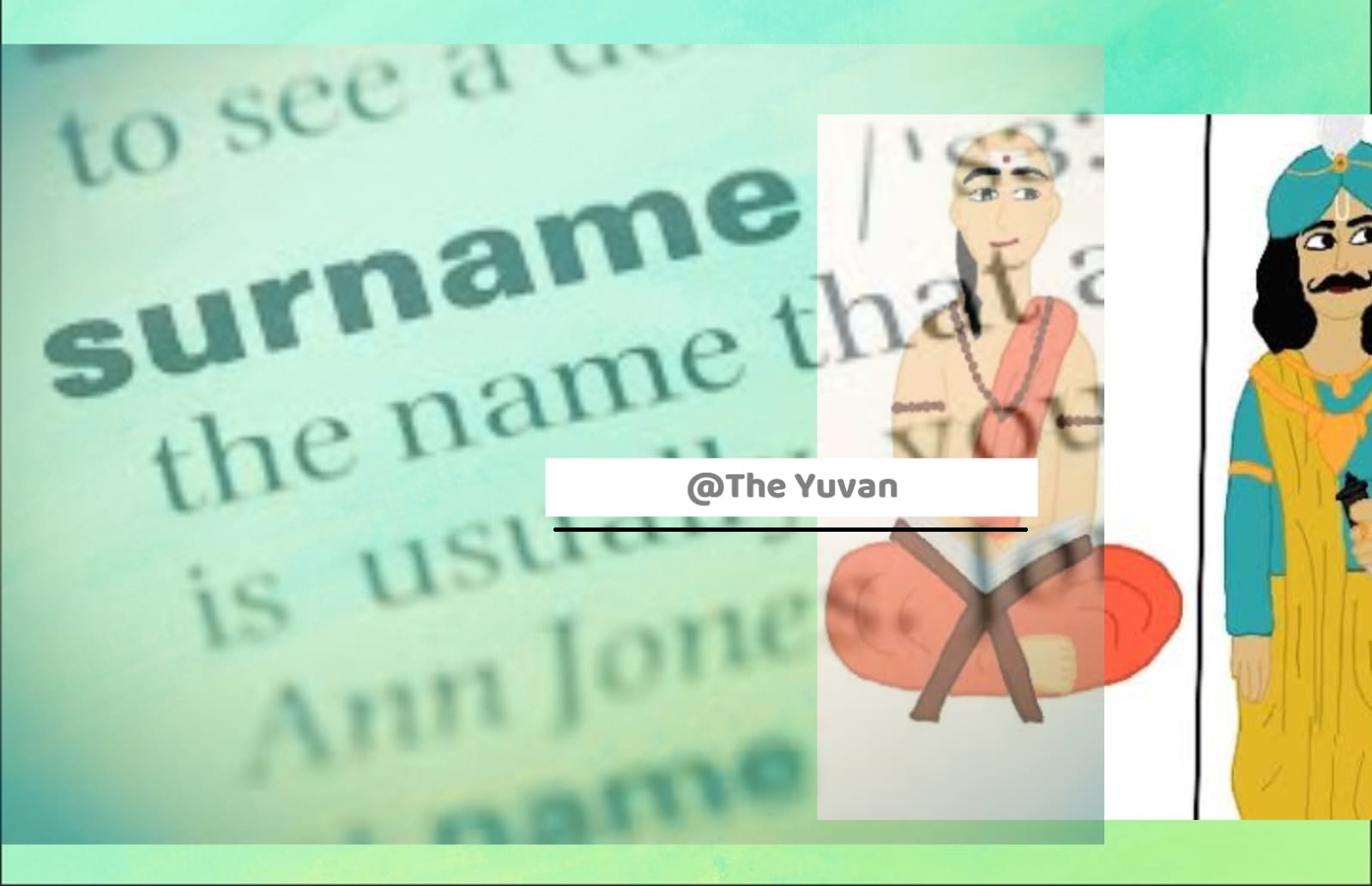how sirname invented in the world?
The use of surnames, or last names, originated for administrative reasons in some parts of the world during the medieval period, and gradually became more widespread in Europe during the 16th and 17th centuries. Prior to the widespread use of surnames, people were often referred to by a single name, such as John or Mary, which could lead to confusion when multiple people in the same area had the same name.
In India, surnames are often based on a person’s occupation, geographic location, clan, or caste. For example, someone who was a blacksmith by trade may have the surname “Kansara,” which means “metal worker” in Hindi. Similarly, someone from the city of Delhi may have the surname “Dilliwal,” or someone belonging to a particular clan may have the surname “Rana.”
The use of surnames in India can be traced back to the ancient Vedic period, which lasted from around 1500 to 500 BCE. During this period, people were often identified by their given name and the name of their father, such as “Arjuna son of Pandu.” Over time, however, surnames developed as a way to distinguish people with similar names.
It’s worth noting that the use of surnames in India varies by region and community, and some people may not use surnames at all. Additionally, in recent years, there has been a growing movement to remove caste-based surnames and to adopt more neutral and inclusive surnames.
The caste system in India:
The caste system in India has long been a source of controversy, and has had numerous social and economic impacts throughout India’s history. The caste system has played a role in creating inequality and discrimination, with people from lower castes often being denied opportunities in education, employment, and political representation. This has resulted in economic disparities between different castes, with people from lower castes often having less access to resources and struggling to make a livelihood.
Furthermore, the caste system has led to division and fragmentation within society, as people are often identified more by their caste than by their national identity. This has made it difficult to create a sense of national unity and has made it challenging to address social and economic issues that affect the entire country.
However, it’s worth noting that efforts have been made in recent years to promote inclusivity and equality, and to eradicate discrimination based on caste. These efforts have included affirmative action policies to promote opportunities for people from lower castes, as well as initiatives to raise awareness and promote a more inclusive national identity.
The Indian Constitution has several provisions aimed at addressing the social and economic disparities faced by people from lower castes, also known as Scheduled Castes. Article 15 prohibits discrimination on the grounds of religion, race, caste, sex, or place of birth. Article 17 specifically abolishes untouchability, which is a practice associated with the caste system. Additionally, Article 46 directs the government to promote educational and economic interests of the weaker sections of society, including Scheduled Castes.
Efforts have also been made to promote political representation for people from lower castes. For example, the Constitution provides for reserved seats in the parliament and state legislatures for Scheduled Castes and Scheduled Tribes. The government has also implemented affirmative action policies, such as quotas in educational institutions and public sector jobs, to promote opportunities for people from lower castes.
Despite these efforts, it is clear that discrimination and social and economic disparities based on caste still persist in India. More work needs to be done to promote inclusivity and equality and to eradicate discrimination based on caste.

